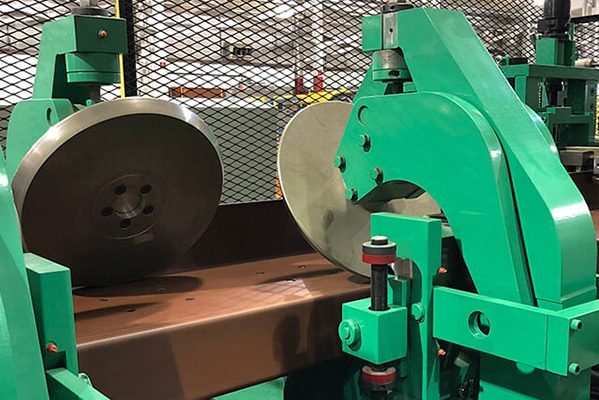Navigation Menu
Contact Us
- Email:
- info@wxavatar.com
- Address:
- Yurong Village, Yuqi Street, Huishan District, Wuxi, China.
Release Date:Apr 28, 2025 Visit:52 Source:Roll Forming Machine Factory
Roll forming is a continuous metal forming process that has become essential in modern manufacturing. This efficient method transforms flat metal sheets or coils into desired cross-sectional profiles through a series of bending operations. The process offers advantages in production speed, material utilization, and dimensional consistency, making it valuable across multiple industries.

Basic Working Principle
The roll forming process operates on a straightforward mechanical principle. Metal stock - typically supplied as coiled strip or sheet - passes sequentially through multiple sets of contoured rolls mounted on a roll forming machine. Each roll station performs an incremental part of the total forming operation, gradually bending the metal until it achieves the final desired shape.
As the material progresses through the machine, each set of rolls makes precise contact with the workpiece, applying controlled pressure to create specific bends or curves. The number of forming stations varies depending on the complexity of the profile being produced, with simpler shapes requiring fewer stations than more complex geometries.
Key Components of Roll Forming Systems
Uncoiler: Holds and feeds the metal coil into the forming line at a controlled rate
Leveling unit: Removes any coil set or irregularities from the material before forming
Roll forming mill: Contains the series of roll stations that progressively shape the metal
Cutting system: Typically a flying cutoff that trims the continuous formed product to required lengths
Control system: Manages the synchronization of all components and maintains consistent operation
Process Characteristics
The roll forming method exhibits several distinctive characteristics:
Continuous operation allows for high-volume production
Progressive forming reduces stress concentration in the material
Precise tooling ensures consistent product dimensions
Capable of producing complex profiles with tight tolerances
Suitable for a wide range of metallic materials including steel, aluminum, and copper alloys
Applications
Roll formed products serve numerous industries:
Construction (roofing, wall panels, structural components)
Automotive (body reinforcements, trim pieces)
Appliances (housing components, shelving)
Furniture (frame elements, decorative trim)
Industrial equipment (guards, enclosures, conveyors)

Conclusion
Roll forming represents a reliable and efficient metal shaping technology that combines mechanical precision with production efficiency. Its ability to consistently produce complex profiles from various metals has secured its position as a fundamental manufacturing process. The technology continues to evolve with improvements in control systems, tooling materials, and forming techniques to meet changing industry requirements.